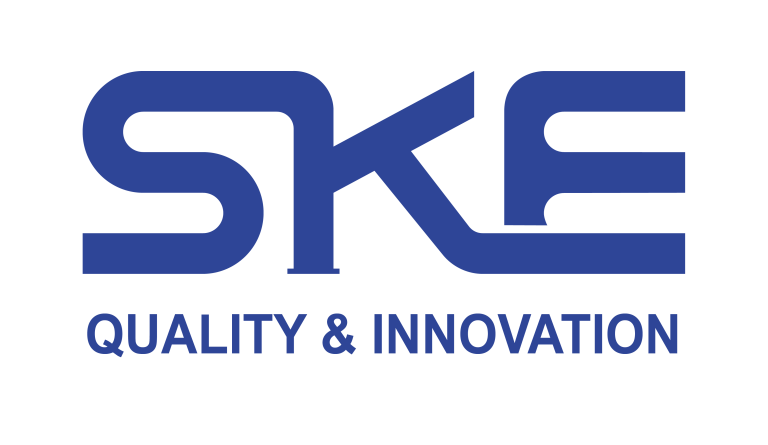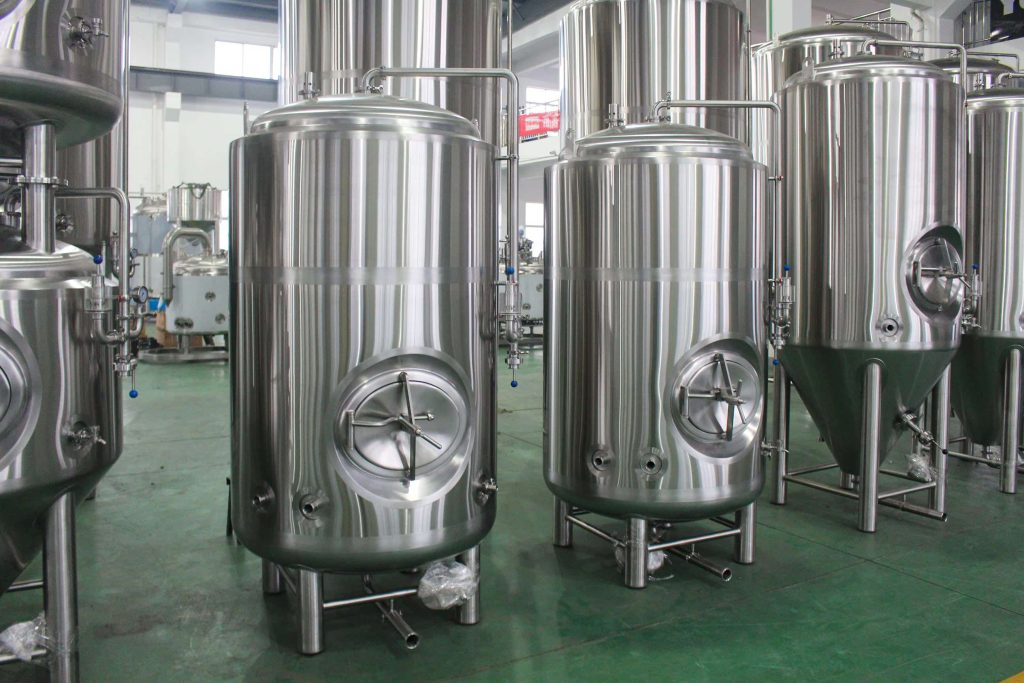Food processing tanks have revolutionized how manufacturers achieve batch‑perfect quality, and in this guide, you’ll discover the secrets behind their performance—and why SKE’s solutions lead the pack.
Table of Contents
1. A Curious Look Inside Food Processing Tanks
Have you ever wondered how your favorite soups or sauces maintain perfect consistency every single time? The secret lies hidden in the gleaming interior of food processing tanks, where precise temperature control, hygienic design, and advanced mixing come together. In this article, we’ll peel back the layers on food processing tanks—with a spotlight on SKE’s innovative solutions—to reveal why these vessels are the unsung heroes of large-scale production.
Smooth transitions between heating, mixing, and cleaning processes hinge on well-engineered food processing tanks, and as you read on, you’ll see how the right choice can revolutionize your facility’s output.
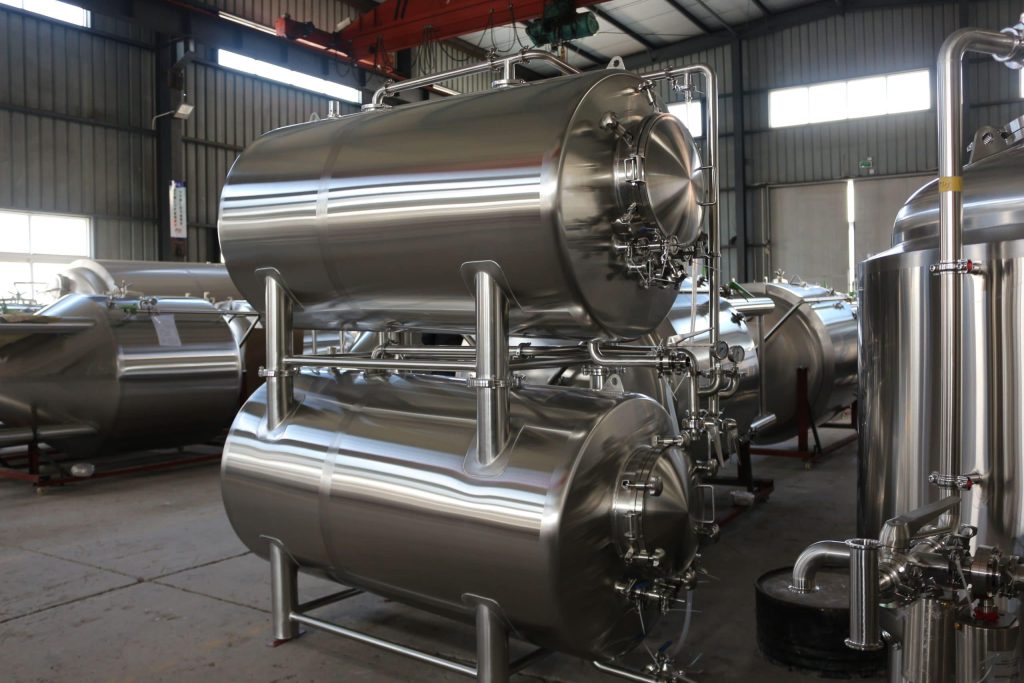
2. Core Components of Food Processing Tanks
Modern food processing tanks blend multiple technologies to guarantee batch-to-batch uniformity:
Jacketed Shell: Steam or glycol circulates around the tank, holding product temperature within ± 0.5 °C.
Agitation System: Propeller, anchor, or scraped-surface mixers prevent settling, ensuring homogeneous mixing.
Clean-In-Place (CIP): Automated spray balls sanitize interior surfaces without manual disassembly.
Insulation Jacket: Minimizes heat loss and reduces energy consumption.
Digital Control Panel: Touchscreen HMI with recipe storage enables repeatable, traceable runs.
Each component enhances how food processing tanks deliver consistent flavor, texture, and microbial safety.
3. Why SKE’s Designs Stand Out
When it comes to food processing tanks, SKE has raised the bar through targeted R&D:
Dual-Zone Jacket Technology allows simultaneous heating and cooling, ideal for multi-stage recipes.
Adaptive Agitation uses viscosity sensors to automatically adjust mixing speed for sauces, creams, and pastes.
Eco-Mode CIP sequences cut water usage by 35 % and chemical consumption by 25 %, reducing operating costs.
Modular Skid Systems ship fully assembled, slashing installation time from weeks to days.
Cloud-Connected Monitoring provides real-time batch and sanitation data accessible from any device.
By integrating these features, SKE’s food processing tanks not only streamline operations but also unlock measurable ROI through lower utility bills and faster turnaround.
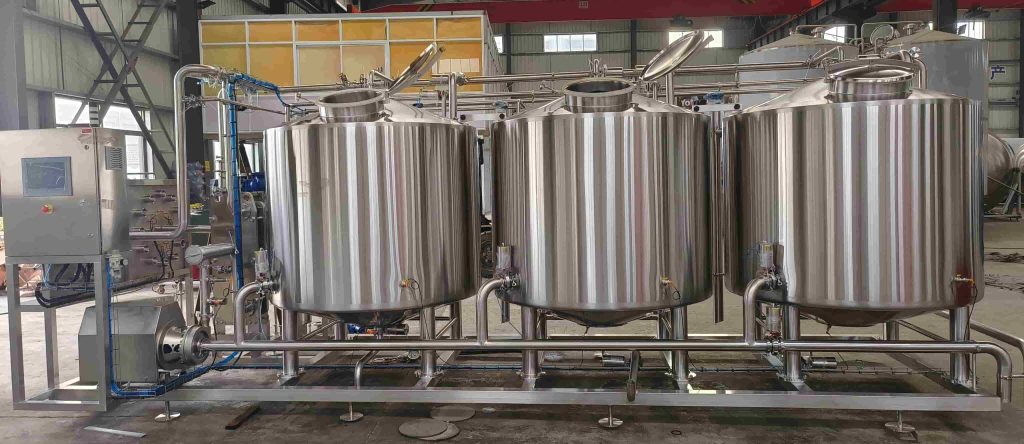
4. Performance at a Glance: Credibility Table
| Metric | Standard Tank | SKE Food Processing Tanks |
|---|---|---|
| Temperature Accuracy (± °C) | ± 1.0 | ± 0.5 |
| CIP Cycle Time | 60 min | 30 min |
| Water/Chemicals per CIP | 1 200 L / 30 kg | 780 L / 20 kg |
| Energy Recovery Efficiency | 60 % | 80 % |
| Installation Lead Time | 4–6 weeks | 1–2 weeks |
This comparison underscores how SKE’s food processing tanks deliver faster cycles, lower waste, and superior control.
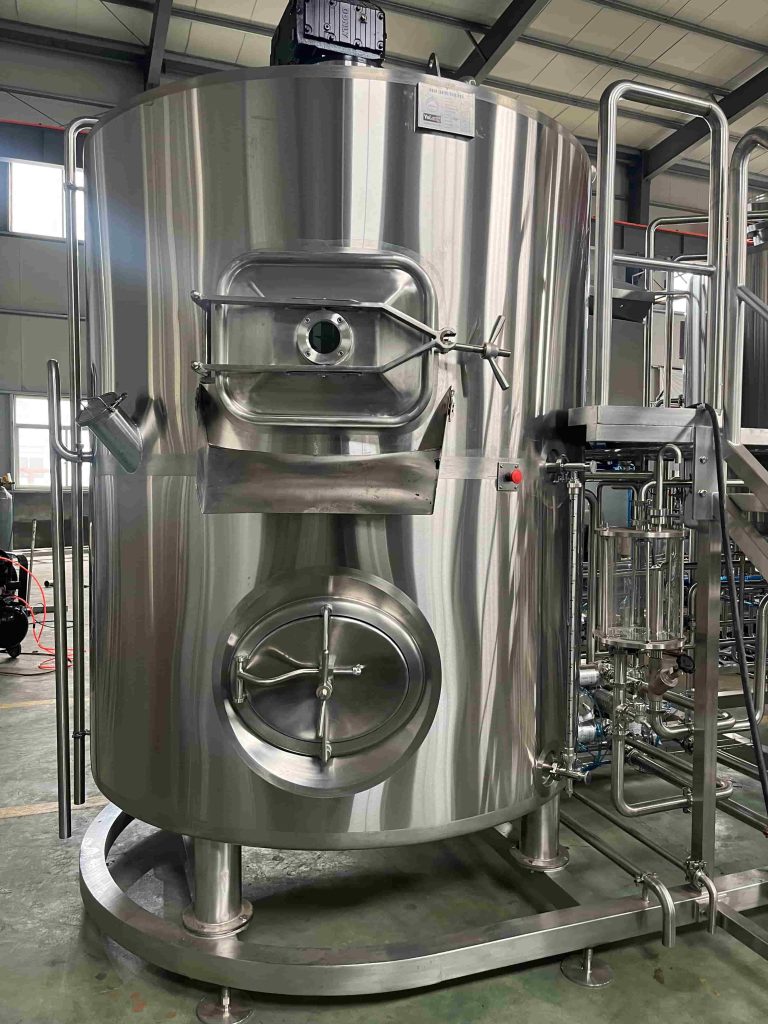
5. Choosing the Right Food Processing Tanks for Your Facility
Selecting the perfect food processing tanks involves balancing multiple factors:
Production Volume: Match tank size from 500 L pilot units to 10 000 L production skids.
Thermal Precision: For recipes demanding narrow temperature bands, dual-zone jackets are essential.
Sanitation Frequency: High-throughput plants benefit most from automated CIP to meet stringent audits.
Automation Requirements: Opt for full HMI/PLC integration with cloud-based reporting or simple manual controls.
Scalability: Modular food processing tanks that dock together let you expand without major facility downtime.
Factor in these criteria to ensure your next tank purchase delivers both immediate and long-term value.
6. Seamless Operations: From Batch to Batch
Once installed, well-designed food processing tanks transform your workflow:
Recipe Recall: Load saved parameters via touchscreen in seconds.
Automated Ramp & Hold: Precisely ramp to target temperature and hold within ± 0.5 °C.
Dynamic Mixing: Agitation adapts to product viscosity, eliminating manual tweaks.
Efficient Clean-Up: Eco-Mode CIP completes sanitation 50 % faster with fewer resources.
These streamlined steps minimize downtime, maximize yield, and keep product quality unwavering—all thanks to advanced food processing tanks like SKE’s.
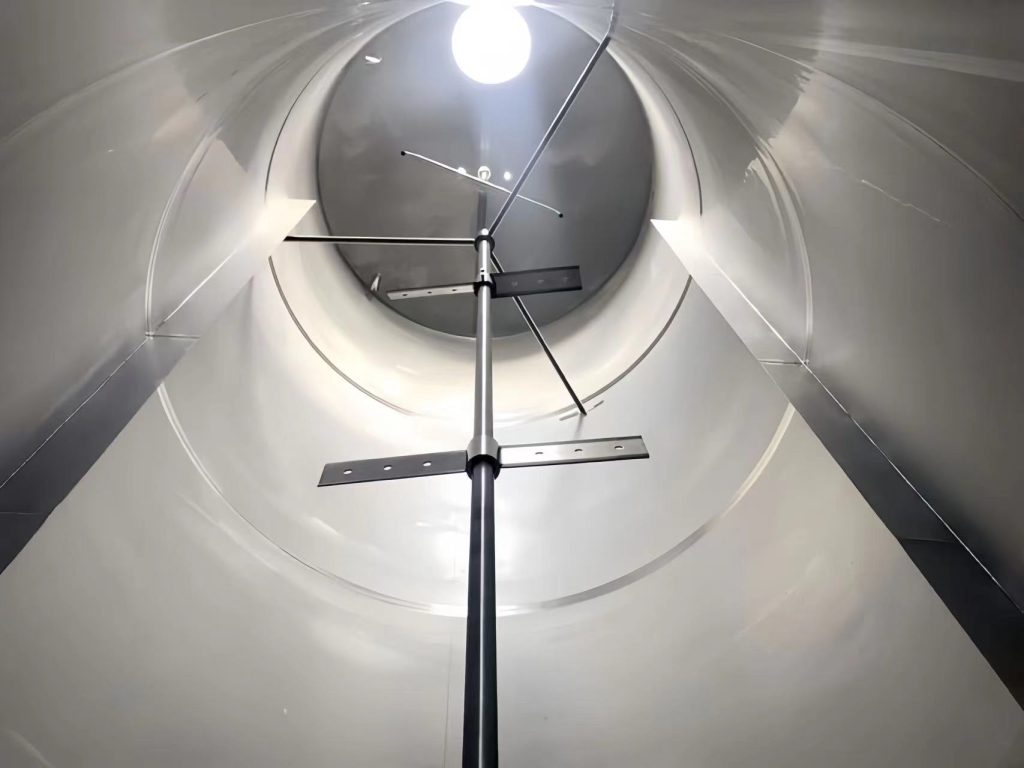
7. Customer Hot-Button Questions
Q1: How quickly can I recoup the investment in SKE tanks?
Typically within 12–18 months thanks to utility savings, reduced downtime, and higher throughput.
Q2: Can SKE tanks be customized for niche products (e.g., plant-based creams)?
Yes—SKE offers bespoke agitator designs and recipe profiles tailored to specialty applications.
Q3: What support does SKE provide post-installation?
24/7 remote monitoring, on-site training, and preventive maintenance plans ensure peak performance.
Q4: Are there financing options available?
SKE partners with leading equipment financiers to offer flexible leasing and rental programs.
Q5: How do I coordinate a site visit or demo?
Our team will guide you through virtual demos or arrange on-site visits at your convenience.
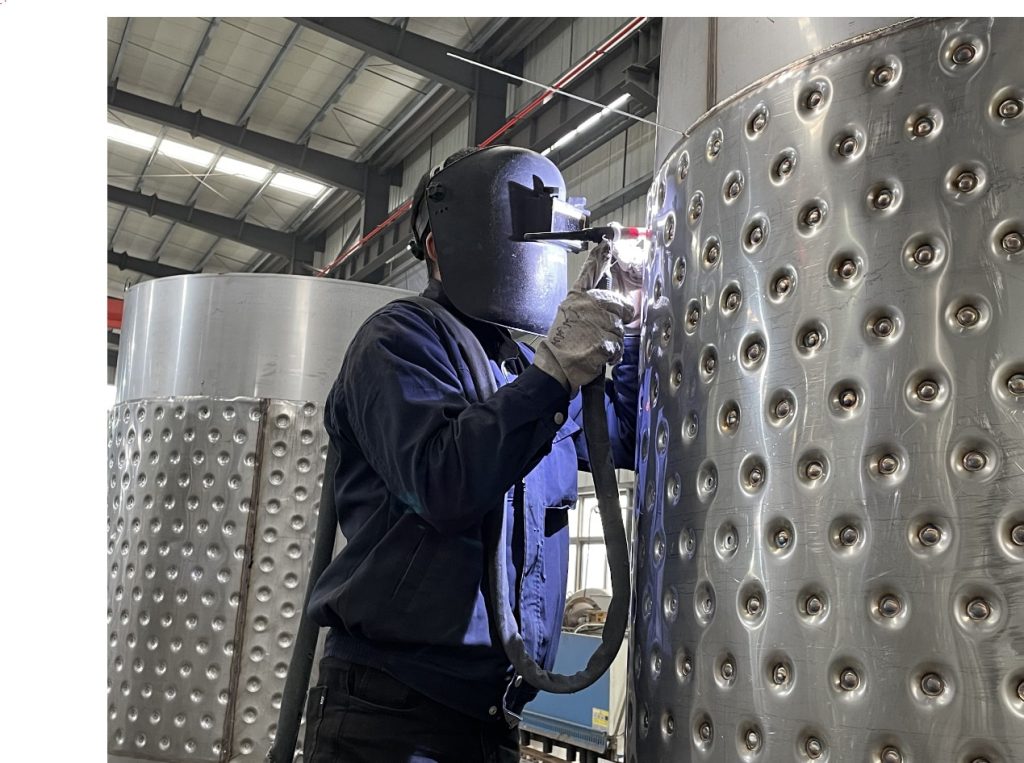
8. Conclusion & Next Steps: Get in Touch with SKE
You’ve seen how food processing tanks from SKE combine precision, efficiency, and scalability to elevate every batch. Now, imagine what these advantages could do for your operation:
🚀 Don’t let another imperfect batch hold you back!
📩 Leave a comment below with your toughest production challenge, or contact SKE today for a personalized consultation. Our experts are standing by to craft the ideal tank solution—whether you’re launching a new line or enhancing an existing one.
Take the first step toward flawless operations and ROI you can measure. Engage with us now, and let’s make every batch a showcase of consistency, safety, and profitability!
